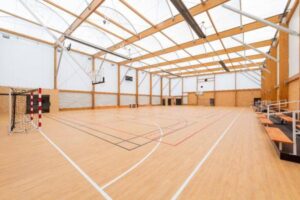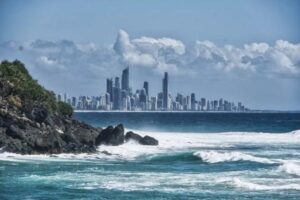How Do Building Material Tests Facilitate the Construction of Coastal Buildings?
Coastal buildings face some of the harshest environmental conditions on Earth1—high humidity, salty air, strong winds, and relentless wave impact. To ensure safety, longevity, and resilience, every material used in these structures must undergo thorough and specialized testing2. Here’s how building material tests support successful construction along coastlines.
Salt-Corrosion Resistance Testing for Coastal Building Materials
One of the most aggressive forces in coastal environments is salt-laden air and water3, which accelerates corrosion of metals, concrete reinforcement, and even finishes. Material testing helps predict and prevent premature failure4 caused by chloride-induced damage.
Common Tests:
- Salt Spray Test (ASTM B117): Simulates salt air exposure for metals and coatings.
- Chloride Ion Penetration (ASTM C1202): Measures how easily chloride ions infiltrate concrete.
- Electrochemical Corrosion Tests: Evaluate corrosion rates of embedded steel.
- Surface Coating Durability Tests: Assess the integrity of protective layers under marine exposure.
| Material | Test Focus | Purpose |
|---|---|---|
| Reinforced concrete | Chloride ingress | Prevents corrosion of embedded rebar |
| Structural steel | Salt spray, galvanization tests | Evaluates durability in salt-rich air |
| Exterior coatings | Adhesion and blistering under salt | Ensures long-lasting façade appearance |
These tests are essential for designing materials that can endure the chemical challenges of coastal conditions.

Wind-Load and Impact Testing of Exterior Facades in Coastal Areas
Coastal zones are often affected by strong winds, hurricanes, and flying debris5, putting building facades under extreme pressure. Testing verifies that exterior materials can resist both static and dynamic forces6 without compromising safety.
Key Testing Methods:
- ASTM E330: Structural performance of exterior windows, doors, and curtain walls under wind pressure.
- ASTM E1996 & E1886: Impact and cyclic pressure testing for hurricane resistance.
- Wind Tunnel Simulation: Full-scale testing of façade and roof behavior under simulated storm conditions.
| Element | Test Type | Why It Matters |
|---|---|---|
| Curtain walls | Air pressure and structural load | Ensures glass or panels won’t blow out |
| Cladding panels | Large-missile impact test | Validates storm safety in hurricane-prone zones |
| Roof systems | Wind uplift resistance | Prevents roof failures during storms |
These tests inform both design criteria and construction methods, ensuring the building envelope remains intact during coastal storms.
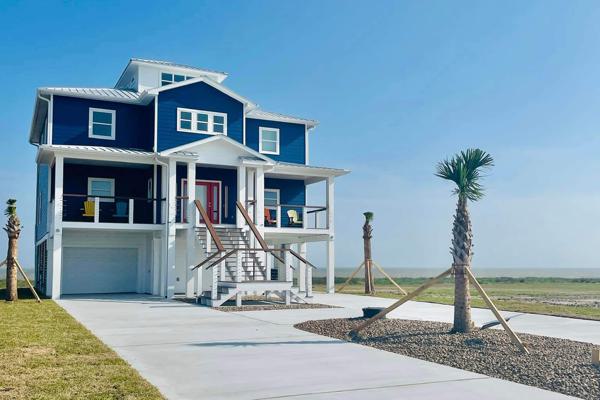
Moisture-Resistance and Waterproofing Tests for Coastal Structures
In coastal areas, buildings are constantly exposed to rain, sea spray, ground moisture, and humidity. Effective moisture control7 is critical to prevent mold8, decay, and structural degradation9.
Essential Waterproofing Tests:
- Water Penetration Test (ASTM E331): Simulates wind-driven rain to check façade and window seals.
- Water Absorption Tests (ASTM C140, C642): Measure how much moisture is retained in concrete and masonry.
- Vapor Permeability Testing (ASTM E96): Ensures materials breathe without trapping condensation.
- Sealing Compound Durability: Assesses expansion, adhesion, and longevity in marine climates.
| Material/Area | Test Conducted | Function |
|---|---|---|
| Facade cladding | Water penetration under pressure | Confirms water-tightness of building envelope |
| Concrete foundations | Absorption and permeability | Prevents underground water intrusion |
| Sealants and joints | UV and water cycle aging tests | Ensures elasticity and adhesion in marine air |
With these tests, developers ensure that coastal buildings stay dry and structurally sound for years to come.
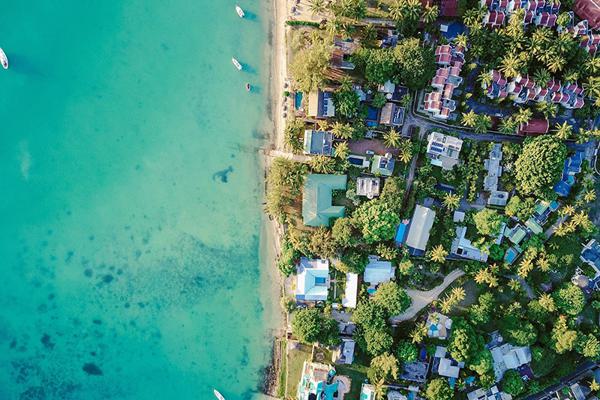
Case Analysis of Material Testing in Coastal Infrastructure Projects
Case 1: Hainan Coastal Resort, China
- Challenge: High chloride exposure led to rapid corrosion of rebars.
- Solution: Chloride migration testing prompted use of epoxy-coated reinforcement and low-permeability concrete.
- Result: 30% increase in projected structural lifespan.
Case 2: Miami Beach Residential Tower, USA
- Challenge: Facade cracking due to cyclic wind loading.
- Solution: Wind load simulation tests and impact testing led to upgraded hurricane-rated glazing systems.
- Result: Structure passed post-storm inspections with zero façade failure.
Case 3: Port City Drainage Tunnel, Australia
- Challenge: Water ingress from high water tables and sea-level rise.
- Solution: Waterproofing membranes tested for hydrostatic pressure and saltwater resistance.
- Result: Tunnel remains dry after five years of continuous operation.
| Project | Key Testing Applied | Impact on Design/Performance |
|---|---|---|
| Hainan Coastal Resort | Chloride and corrosion testing | Enhanced durability of exposed concrete |
| Miami Beach Tower | Wind and impact resistance | Improved building envelope and safety |
| Port City Tunnel (Australia) | Waterproof membrane pressure test | Ensured long-term integrity below water table |
These real-world examples show how material testing isn’t just preventative—it’s transformative, helping teams adapt, innovate, and build confidently in coastal zones.
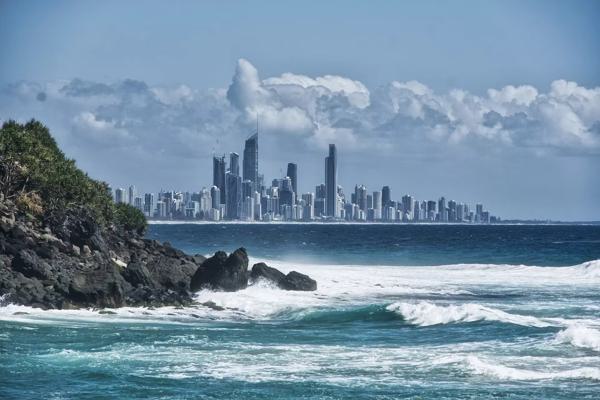
Conclusion
In coastal construction, nature tests your building every day. Through salt-corrosion assessments, wind-impact simulations, moisture resistance tests, and informed case studies, building material testing ensures your project not only survives but thrives at the edge of land and sea. With the right data in hand, engineers and architects can create structures that are resilient, responsible, and ready for the coastal environment.
-
Understanding these conditions is crucial for designing resilient coastal structures that can withstand nature’s challenges. ↩
-
This resource will explain the significance of rigorous testing in ensuring the durability and safety of coastal buildings. ↩
-
Understanding the impact of salt-laden air and water is crucial for coastal construction and maintenance. Explore this link for in-depth insights. ↩
-
Learn effective strategies for predicting and preventing premature failure in materials, ensuring longevity and safety in construction. ↩
-
Understanding these effects can help in designing resilient structures in coastal areas. ↩
-
This resource will provide insights into how materials are tested for safety against various forces. ↩
-
Understanding moisture control is essential for maintaining the integrity of coastal buildings and preventing damage. ↩
-
Preventing mold is crucial for health and safety in coastal areas; explore effective strategies to combat it. ↩
-
Learn about the factors leading to structural degradation and how to protect your property from these risks. ↩


